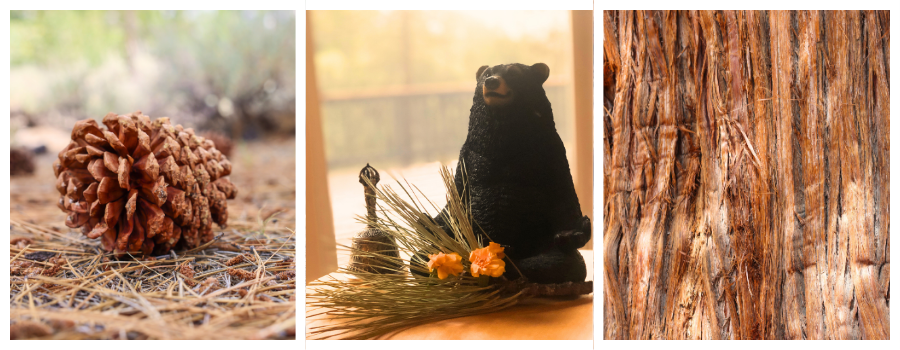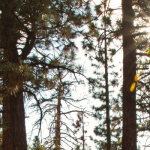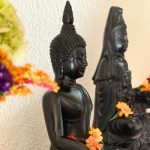Patience Isn’t Passive
“Patience is the ornament of the practitioner.”
— Ajahn Chah
Patience often gets a bad reputation. It is mistaken for waiting quietly, doing nothing, or being walked over. But in Dharma practice, patience is not a passive stance. It is a powerful form of engagement, a choice to stay present when everything in us wants to react, fix, or flee.
The Pali word khanti, translated as patience or forbearance, is considered one of the great perfections in Buddhist practice. Not because it is easy, but because it requires strength. True patience means choosing not to escalate conflict. It means allowing time to do what time does. It means holding steady when something inside wants immediate resolution.
As spring begins to lean into summer, the energy around us may start to quicken. Things bloom, schedules fill, movement returns. But growth still takes time. Whether it is a retreat taking shape, a relationship mending, or a deeper understanding emerging, patience allows the process to unfold with care.
And while it may look quiet on the outside, patience is often very active on the inside. It is tracking our impulses, softening reactivity, staying close to what matters. This is not passivity. It is practice.
In a culture that rewards speed, choosing to slow down is not always easy. But patience protects our values from being swept up in urgency. It reminds us that movement is not the only measure of progress.
So as the season shifts around us, we offer this simple encouragement. Let things ripen. Let things breathe. Or as Winnie the Pooh once said, “Rivers know this: there is no hurry. We shall get there someday.” Not because you are giving up, but because you are listening. And that is its own kind of strength.
By Melanie Yetter
“Rivers know this: there is no hurry. We shall get there someday.”
-A.A.Milne, Winnie the Pooh

Media Library: Dive Deeper
Daily practices and inspirational talks on Patience, Forbearance, and Dharma

The Steadying Power of Patience
by Dawn Scott
In this article, Insight Meditation teacher Dawn Scott discusses cultivating patience as a steadying force. The Steadying Power of Patience, Tricycle Magazine

Khanti – The Strength of Patience
by Ajahn Amaro
In this Audio talk, Ajahn Amaro provides insight into the Buddhist foundation of patience as an inner strength.

Radical Acceptance
By Tara Brach
In this Book Tara Brach explores the empowering process of Radical Acceptance, with chapters focusing specifically on the value of pausing and presence.

Meditation on Patience and Dharma Talk
by Shell Fischer
“The quality of patience that involves a calm endurance of hardship, with this particular quality, I really want to stress that this endurance does not in any way mean we are being asked to be passive, so we are not in any way being asked to stuff anything or grin our teeth and bear it, we are also not being asked to put up with anyone’s bad behavior, we also aren’t being asked to just give up in despair, or to not try again, or to not try to do something different. What we are being asked to do is to very clearly recognize what’s happening, and to nurture a real acceptance of this.”




